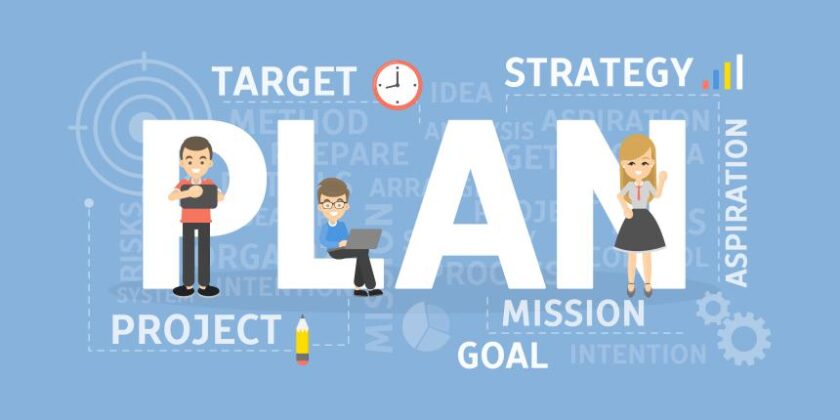Many organizations are making the effort to become more agile. Whereas traditional organizations seem mechanical, hierarchical, and linear, agile organizations feel more organic, they balance stability with dynamism and can adapt for an ever-changing, unpredictable future.
An agile team is a one-extensive team that can take up any job role, task, or deadline and accomplishes the impossible through systematic planning, approach, and strategies. An agile team understands the project completely, breaks it down into fragments or modules, works on them individually or cross-functionally, tests deploy, and completes the project well before a scheduled deadline.
Everyone has fears and qualms as they are led out of their comfort zone, and into the unknowns of a changing world. You need to be confident and trusted so people will choose to follow you, and you need to make it clear that you have confidence and trust in the people you work with, as well as customers.
OPEN THE LINES OF COMMUNICATION
One of the fastest ways to help your team know you care about them and their success is by communicating. Listen to their queries and concerns and find out what they think about different projects. The more open your communication style, the more appreciated and heard your team may feel.
Management should communicate their goals as well as those of the company. Routinely talking with your employees about their goals, both personal and professional, will create accountability for both management and employees. When an issue surfaces, it must be dealt with immediately so everyone can move on. Achievements must be recognized and communicated not only directly to the deserving individual, but publicly so all can take part in the celebration.
One way to foster communication is to enact an open-door policy. This creates a culture where employees are comfortable going to management for questions and support, but only if the employer really means it. Employees can tell if it’s just for show. An open-door policy should also allow and encourage employees to provide candid feedback. This helps employers keep an eye on potential concerns while establishing with employees that they are cared about.
PROVIDE A GROWTH ENVIRONMENT
Providing a growth environment means finding ways to be detached from projects and outcomes. This is where the group dynamic matters so much. Without a strong culture, the team’s support system is weak. Feedback loops are disengaging. Internal projects drag on. Self-initiated exploration and experimenting stifle along the way. Multiply that by a few too many members and you’ve got another long stretch of dull innovation
SHOWCASE GREAT WORK
Providing a platform for employees to showcase their creative work with their peers and with the company more broadly is a really effective way to celebrate a job well done. It also allows employees to help others in the organization understand the role they play in overall company success.
REALLY ENJOY DOING THAT WORK
With remote working here to stay and more job opportunities within the global market, we can be choosier about where we work and how we spend our time. What makes us enjoy our work can mean a lot of things from doing projects closely aligned to our skillset to having a strong management team that listens and responds to the team’s needs.
ASK FOR THEIR OPINIONS
It all starts by verbalizing the great work they’ve done and how they contributed to the company. Simply saying, “Great work!” or, “Amazing job!” can make a difference. Next, ask them to contribute their stake in solving a problem in the company. By doing so, you recognize their capability and acknowledge that they have what it takes.
It is vital to balance both running a business and changing a business in order for it to sustain growth and deliver value. As a business grows and develops it can struggle with capacity, less time is available for innovation and improvement. Ensure that a balance is maintained between running the day-to-day activities of the business and making time for continuous improvement and development throughout the business.
Agile embraces change and provides a methodology to manage it, agile accepts changes will happen. Plans are implemented flexibly to respond to change and allow for continuous improvement. An agile mind set embraces change as opportunity and potential for learning and growth.




